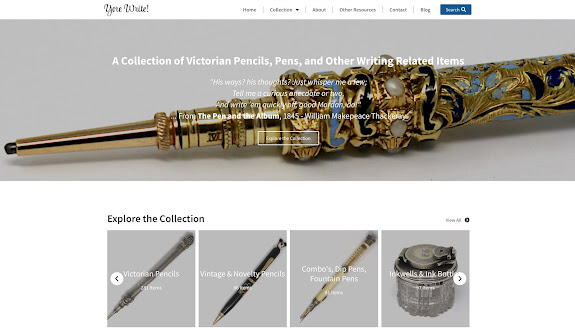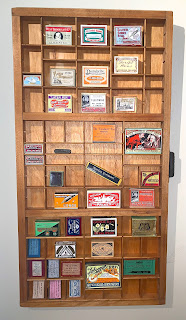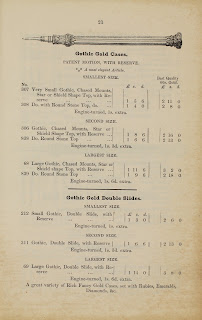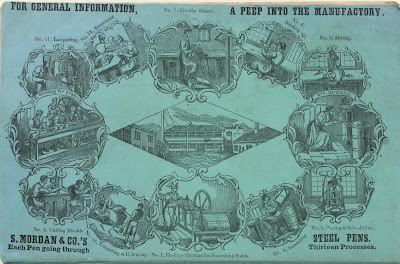... or, why did I go to all the effort of cataloging my rather modest collections by building a website, not just once, but twice?
When it comes to collecting, my belief is that unless one knows what she/he has (& just as importantly, what she/he does not have), the fine line between being a collector, or being a hoarder, risks becoming significantly more blurred. Thankfully, I cannot afford to be a hoarder!
In addition, at least here in Ontario, large collections of anything need to be professionally appraised in order to obtain adequate insurance coverage against loss or theft. And that exercise can only be accomplished by starting with a proper inventory of one's collections.
I used Recollector for several years and it suited my initial needs quite well. Over time, I decided that I wanted to go a step further and create a website which would allow me to share my interests with other like-minded individuals. For some reason, there seems to be very few personal collections of any sort that are viewable via the web. When I first began collecting there was a collector named John Loring, whose website I referenced on an almost daily basis as I found it to be such an invaluable resource. In creating a web version of my collection, my hope was to provide (on a much smaller scale than John's website) a similar resource to fellow collectors and others simply interested in antique writing equipment. Perhaps the effort might even encourage a few other collectors to consider establishing websites of their own.
With that resource concept in mind, I began the search for a website building tool that I could easily use and in 2017 I completed the first version of YoreWrite.Info. While pleased that I was able to build it myself without any expert technological assistance, I quickly discovered that the hosting service provider's "advertised" simplicity and flexibility was not quite reflected in the actual toolset and I found myself spending enormous amounts of time trying to do what should have been simple tasks (new collection additions, deletions, organizing the media data, etc.), or on the helpline trying to sort out why their system was crashing during updates... again and again. In addition, the toolset had no backroom admin. functions, which meant that I needed to continue to use Recollector in parallel for actually tracking values and other details that weren't being shared publicly; in effect, duplicating much of the general maintenance effort.
After months of trying to find a suitable replacement that would avoid my having to start from scratch, earlier this year I connected with a local website developer that proposed to re-build the site using WordPress, and to salvage all existing details from both the current website and Recollector. The "project" strategy was pretty straightforward - I would provide the design and content, and he would build the site using WordPress in such a way that once completed, I could easily manage the entire site without ongoing support from him.
YoreWrite.Info** has now been live for just over a month and from my perspective it has met every objective I had established for it, including :
- Online viewing of the collection in a "museum-like" layout, with simple, intuitive, navigation through the collection and associated information.
- Searches by a number of fields as well as keyword searching.
- Admin. tools that allow me to easily add items, media, update categories and other taxonomies, even modify page structures. As I learn more about WordPress I can choose to do more advanced site development on my own, or utilize the developer, if needed.
- Ability to flag some fields and items as private and not have them displayed except through the admin tools (this is important as a way to keep acquisition details, sold items, etc. in the same database as the publicly shared info).
 |
| Home Page of YoreWrite.Info |
I couldn't be happier with the rebuild results. If you're thinking about creating a website for your own collection, go for it! Since creating the YoreWrite.Info website I've connected with many other collectors around the world, and have been contacted by dozens of individuals seeking information on family heirlooms, found "treasures", and other related questions. To date, the website has been visited by collectors and others from over 100 different countries.
* - "Recollector" is an inexpensive, and extremely flexible, application that allows one to build a database for collections. Prior to the creation of the new YoreWrite.Info website, I relied totally on Recollector to track the collection details for inventory/insurance purposes. I highly recommend it for straightforward tracking of most types of collections. https://www.collectingcatalog.com. It has excellent reporting tools as well as amazing flexibility and simplicity in its setup and use.
** - YoreWrite.Info - The new version of YoreWrite was built by Alex Leuschner.










































